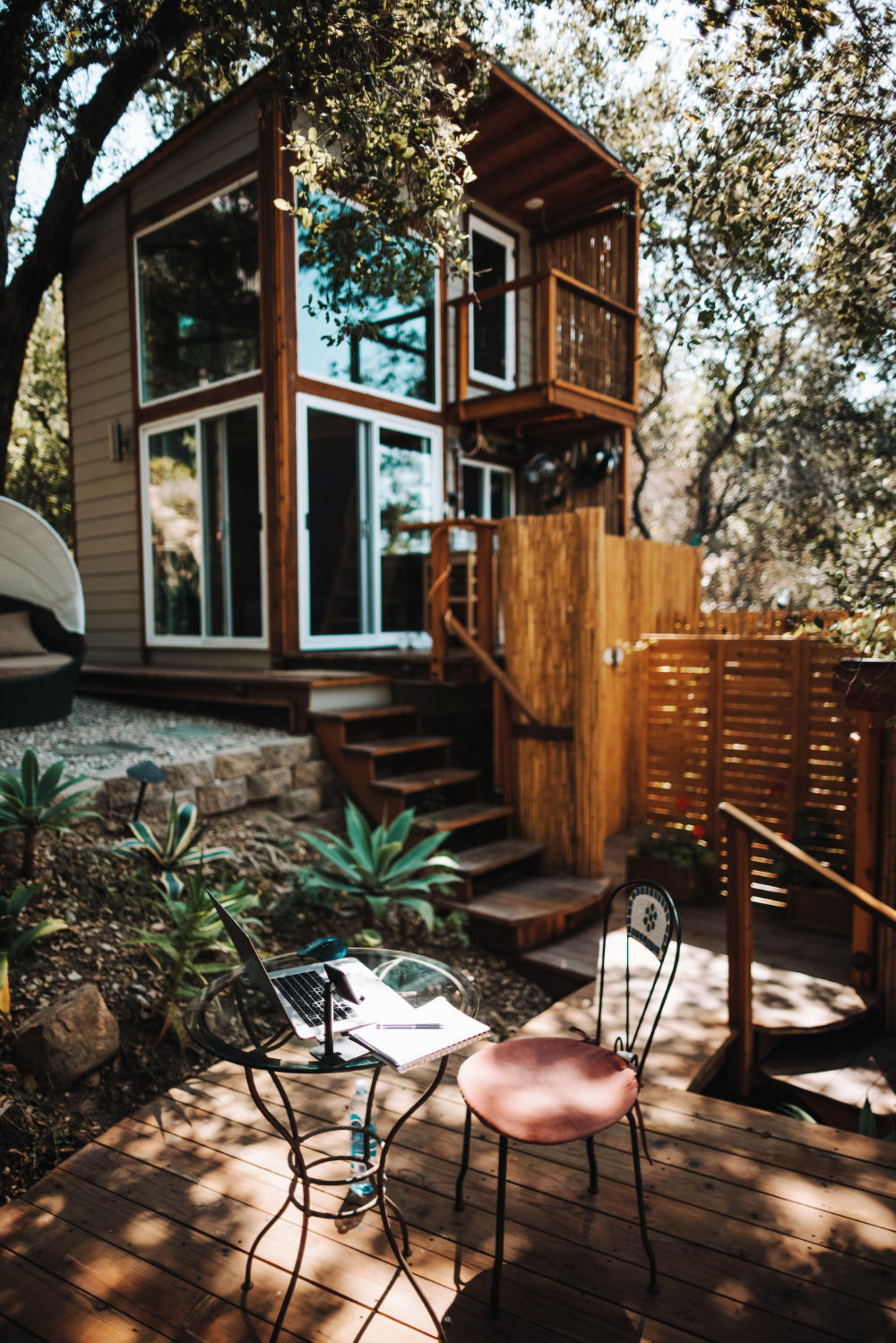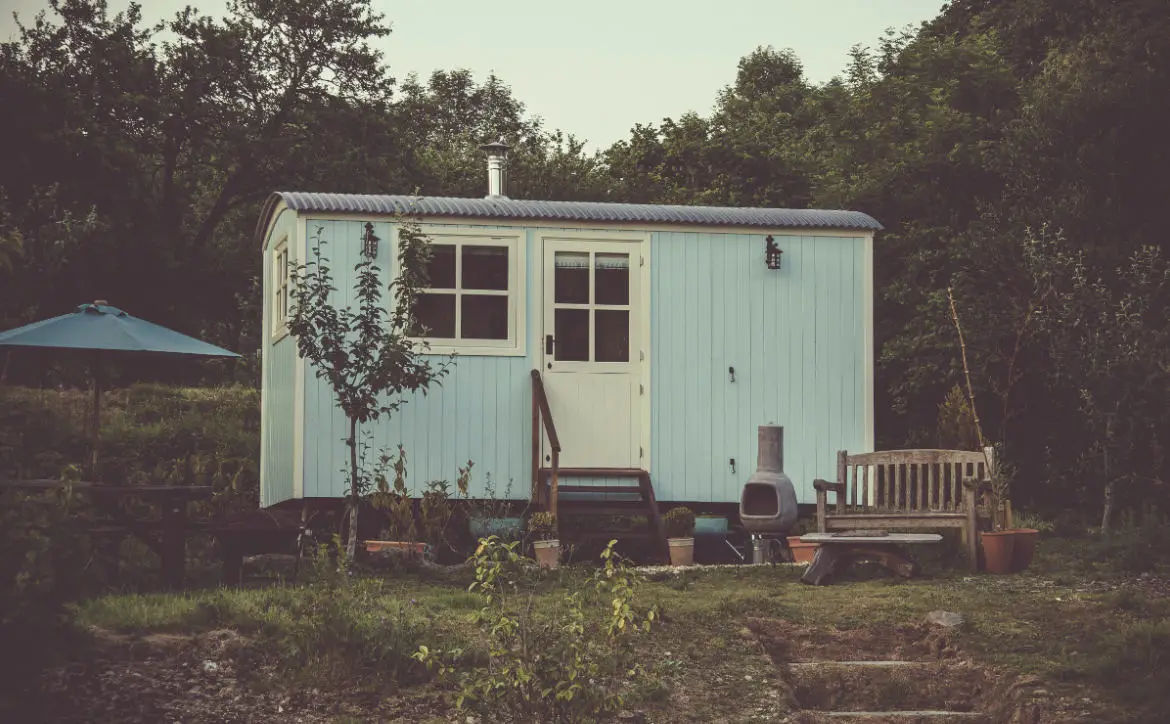The tiny house has emerged as a popular solution to an increasingly unaffordable housing market. These homes, which often cost less than one-fifth of a traditional house, have also become innovation centers. In the pursuit of maximizing such a small space, developers and owners have fully embraced new technologies.
When you think of tiny homes, words that come to mind may include “minimal” or “simplistic,” but these houses are often anything but. In some ways, they feature more innovative technology than you’d find in a traditional building. The smaller scale and far lower upfront costs of a tiny house make it the ideal place to implement new and exciting ideas.
Here’s a closer look at four trends in tiny house tech today that aim to make life easier and more comfortable.
1. IoT and AI
The Internet of Things (IoT) has become the defining category of home technology. IoT devices like smart speakers and connected appliances can adjust to your routines and automate many daily tasks, making life easier. While tiny houses didn’t start the smart home movement, they take it to the next level.
IoT tech can let you automate a few processes in your average house, like turning on lights or starting a coffee machine. A tiny home can become a cohesive, automated environment. Some tiny houses today come equipped with IoT functionality virtually everywhere, all running on a single system.
Artificial intelligence (AI) controls turn these tech-centric homes into something out of a sci-fi movie. One company, Nestron, makes tiny homes with built-in voice-activated AI assistants that control appliances. They learn your preferences over time, creating an automated smart home experience tailored to your liking.
2. Retractable Rooms
Naturally, space can be an issue in tiny homes. Limited space can be uncomfortable, and some neighborhoods require houses to be at least 400 square feet to stay. One of the most popular solutions is retractable rooms.
Taking inspiration from RVs and campers, many tiny houses now can extend their rooms outward, increasing their square footage. The result is a truly mobile home, which you can pack up and move to another location if necessary. Having a residence that’s size changes at the push of a button makes housing far more flexible.
If you want to stay in a neighborhood with size restrictions for some time, you can extend it. When you want to move, you press a button to make your home towable and streamlined. Homeowners could theoretically move their entire houses as property prices fluctuate, extending where necessary to improve comfort and meet regulations.
3. 3D Printed Houses
Some of the most impressive tiny home tech isn’t anything you’ll find inside the house. Construction methods have started to rely on cutting-edge technology in the past few years, particularly 3D printing. Builders can now create the shell of a home in half the time traditional methods would take.
In March 2021, one construction company 3D printed six homes outside of Austin, Texas. The business that designed the printing technology for the project is also working on a 3D-printed neighborhood in Mexico. Printing takes far less time than traditional methods and is often more accurate, reducing related costs.
The concept of 3D printing tiny houses is still new, but it’s gaining steam. As technology advances further, it could become the standard method for producing these homes. These already affordable living spaces could become even cheaper, as a result, making housing more accessible.

4. Eco-Friendly Tech
People buy tiny homes for many reasons, one of the most popular being sustainability. Smaller houses have a similarly smaller ecological footprint, taking up less land and using fewer resources. It should come as no surprise, then, those eco-friendly technologies have become popular among tiny house owners.
Some tiny homes feature solar panels that take up almost the entirety of their roof space. They can provide enough electricity for the entire house because of less demanding energy needs. Passive cooling from large windows and innovative materials reduce power consumption, further amplifying what solar can do.
The smart home trend ties into the sustainability of tiny houses, too. IoT connectivity in HVAC systems ensures they use only as much energy as necessary, eliminating waste. Less square footage means influencing variables are easier to control, letting these devices work on a more accurate, granular level.
Tiny Houses Are at the Forefront of Home Technology
In a way, tiny homes can act as prototypes for emerging technologies. They pave the way for future innovation. Installing extensive high-tech systems in these spaces is less of an investment, enabling more experimentation and innovation. As a result, despite their reputation for minimalism and simplicity, tiny houses find themselves at the forefront of home tech.
As the tiny home movement grows, it will funnel more capital into projects to take this tech to the next level. With this will come more technology, new use cases, additional experimentation, and a more diverse market, leading to further innovation. Tiny home tech is already leading the housing industry, and it will continue to do so in the future.
What do you think of the tiny house? Please share your thoughts on any of the social media pages listed below. You can also comment on our MeWe page by joining the MeWe social network.











